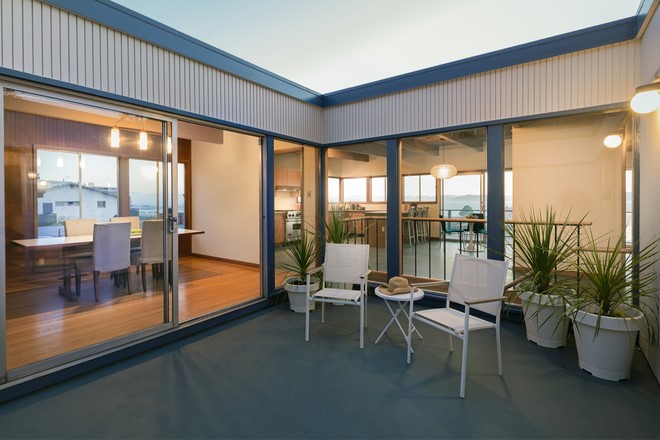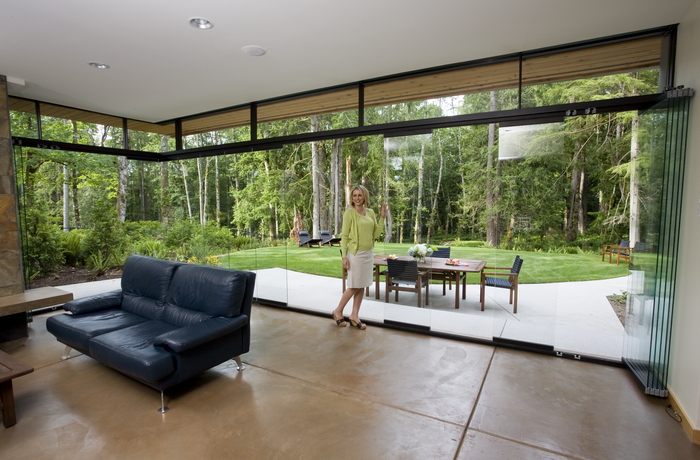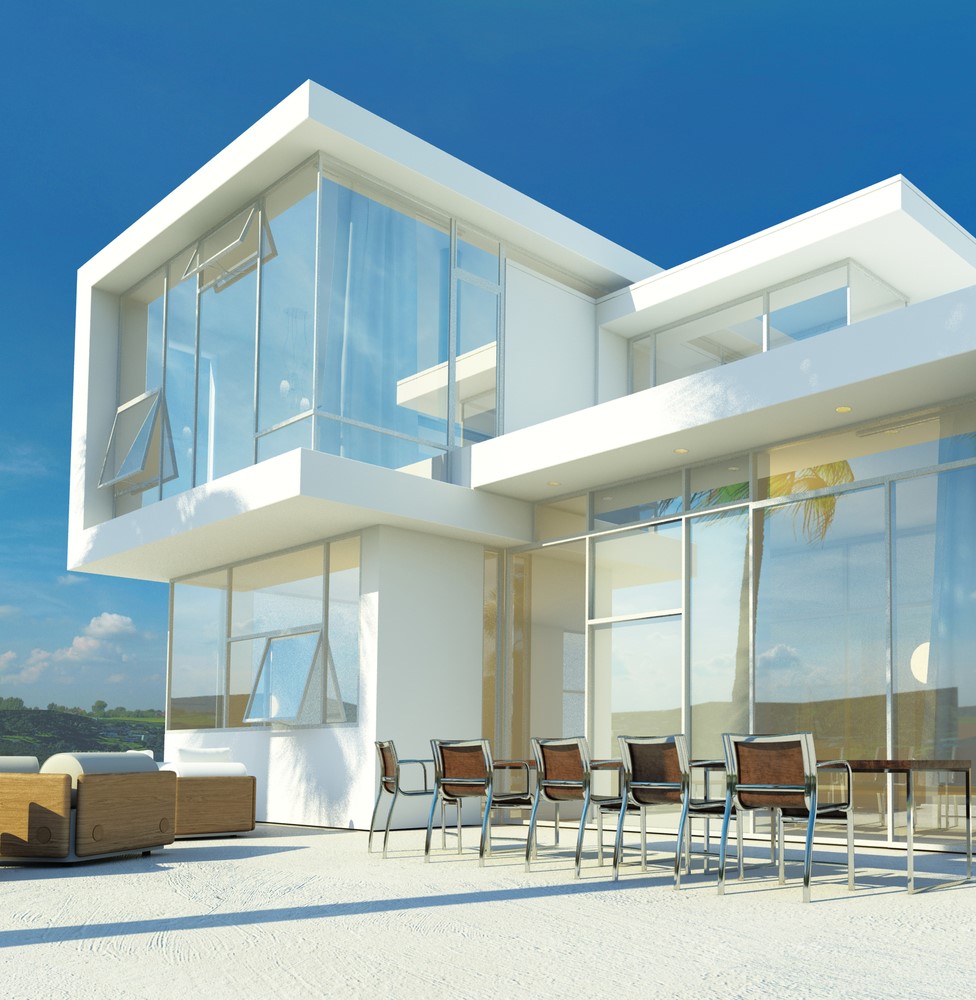People in glass houses have become a reality. Instead of just being a metaphor, modern homes have advanced to the point that it’s possible to have a house that’s nothing but glass and a few ribs to help them and the roof stay up. Do it right, and that can be stylish, efficient, and strong enough for a few sticks and stones.

It wasn’t always that way. Recent advances have made windows that are stronger, better insulated, and far prettier than a solid wall – especially with the right view.
Houses started with barely any windows at all. Glass was uncommon and expensive, and so warped that it was hard to see through. A window provided light, but not necessarily a view.
Eventually, glassblowers found ways to make panes of glass, get rid of the warps and bubbles, and begin creating the kinds of classic homes we’re familiar with. Houses were defined by roof lines and how the windows and doors were arranged.
It wasn’t until about 1960 that high-quality plate glass became affordable and widely available.

Take a look at mid century houses and see the start of great expanses of floor-to-ceiling glass. Finally, the outdoors could come indoors. That was true for the view. Unfortunately, it was also true for wind and rain, heat and cold. Large expanses of single pane glass looked great, but also only made sense when energy was cheap and the windows didn’t have anything else to do but define the room. At least they enabled a gardener’s dream, the modern greenhouse.
The technology didn’t stop there and Modern homes are taking advantage of the advances.
Architects and builders are doing incredible things with walls of windows, and doing so without sacrificing appeal or efficiency. Old single-pane windows could turn a room into a greenhouse in summer and a fridge in winter, and in some climates do that within a day. Double-pane, or even better, triple-pane windows create view spaces that block heat transfer. Include some interior films between the panes and a modern window can have greater insulation values than an old-style wall.
Simple things like proper seals, gaskets, and frames haven’t changed the look of the windows, but have significantly reduced the likelihood that air or water will seep through.
The greater advances have been about much more than glass and sealants. Now, windows can move.
The idea of a wall of windows can be traced back to the original French doors. Put in enough pairs of doors and a house can feel like a palace. In the summer, open them all and let the breezes blow through with scents from the garden.

The American descendant was the sliding glass door, something that became a familiar sight beside millions of patios and decks.
Look at most Modern homes, particularly ones with marvelous views. “Walls of windows” is a frequent phrase in real estate listings, and for good reason. Why block a view when you don’t have to?
Take those window improvements from above, add in high-tech hinges, tracks, and rails, and those windows can move. Static windows continue to have their place, but now wide expanses can be hinged, slid, or folded away to do much more than open a door. Open a room, or better yet, create a greater great room that includes indoors and outdoors, perfect for entertaining and truly letting nature in.
As always, there are some considerations.

Cost
Without much surprise, a solid wall can be very cheap. Window walls are heavier, more difficult to produce, and require systems to be routed above, below, or around instead of through. Solid walls can be repaired with spackle and paint, maybe some mortar, or by replacing a panel. Doing the same thing with glass may be more than a DIY project.
Size
Windows have grown to impressive dimensions, but windows that are tasked with moving have limits. If a window can move, then the surrounding structure has to provide all of the support. Some systems, like NanaWall, can reach 12 feet by 43 feet for a folding system, or are effectively unlimited for a sliding system; but again, the structure must be there for support.
Privacy and Security
If you can see out, they can see in. Even that can be moderated thanks to films and screens, and of course, curtains, drapes, and shades. While glass is known for being fragile, it is now possible to buy windows that are strong enough to survive hurricanes. LanaiDoors has systems rated to withstand wind-blown debris and 165 mph winds. Locking up is as important as ever, and there are solutions for that, too.
Glass houses have been possible for decades, but now they are practical. Privacy, structural requirements, and cost limitations will encourage many to back off from the extreme of 100% glass. Finding the balance is the key, and a good topic to discuss with the right architect.
All of the improvements combined may finally mean the old adage is ready to be retired. Maybe people who live in glass houses can throw stones, or at least not worry about errant pebbles.

